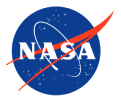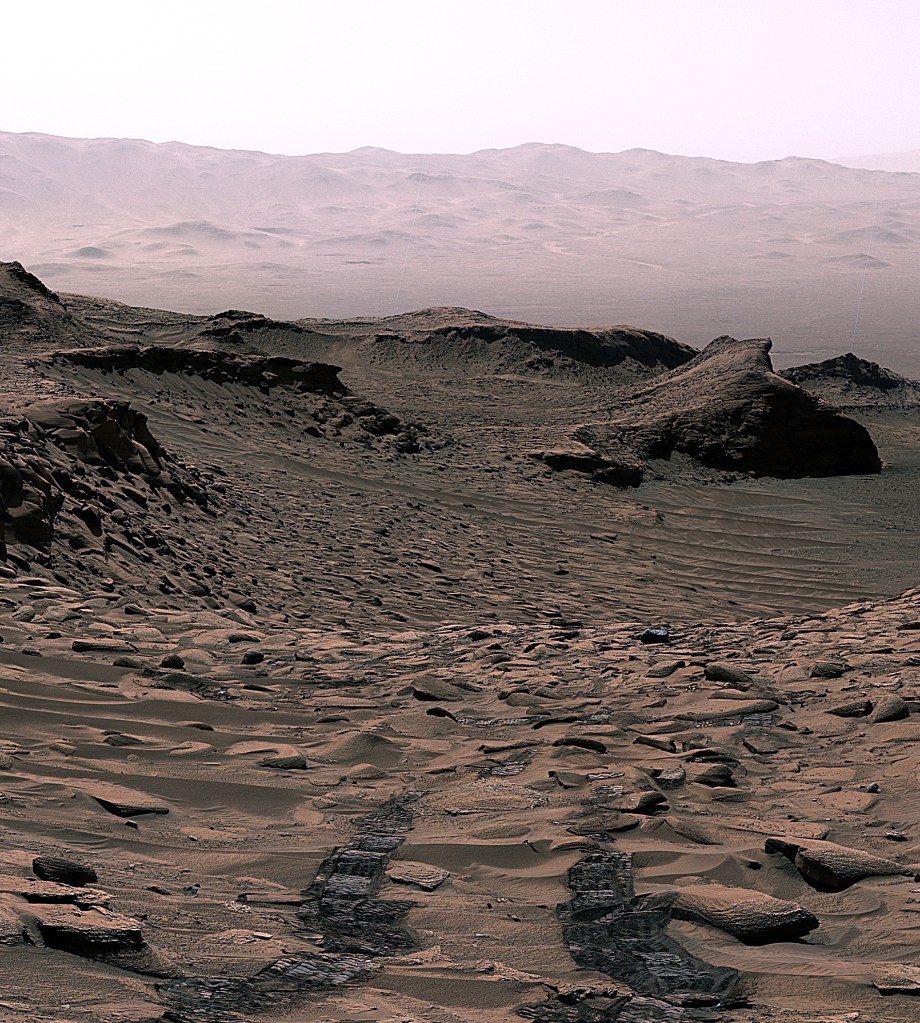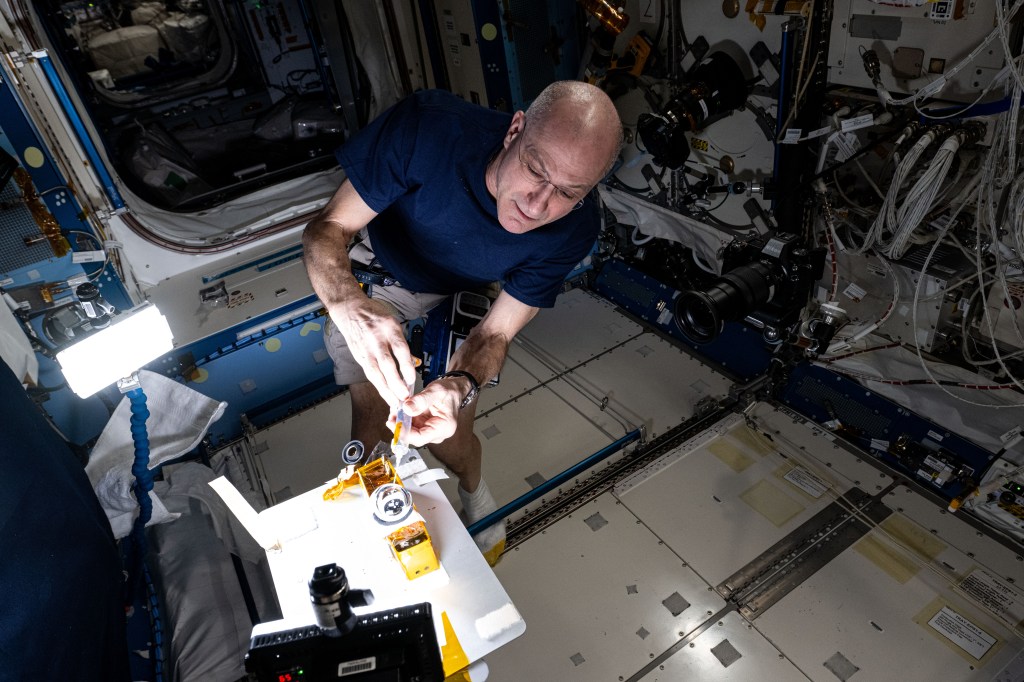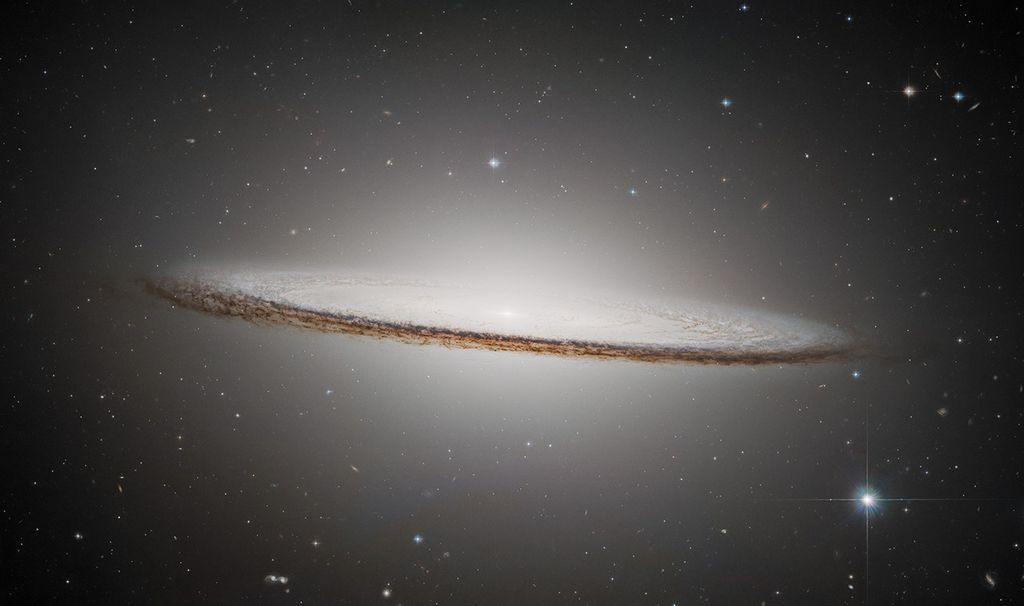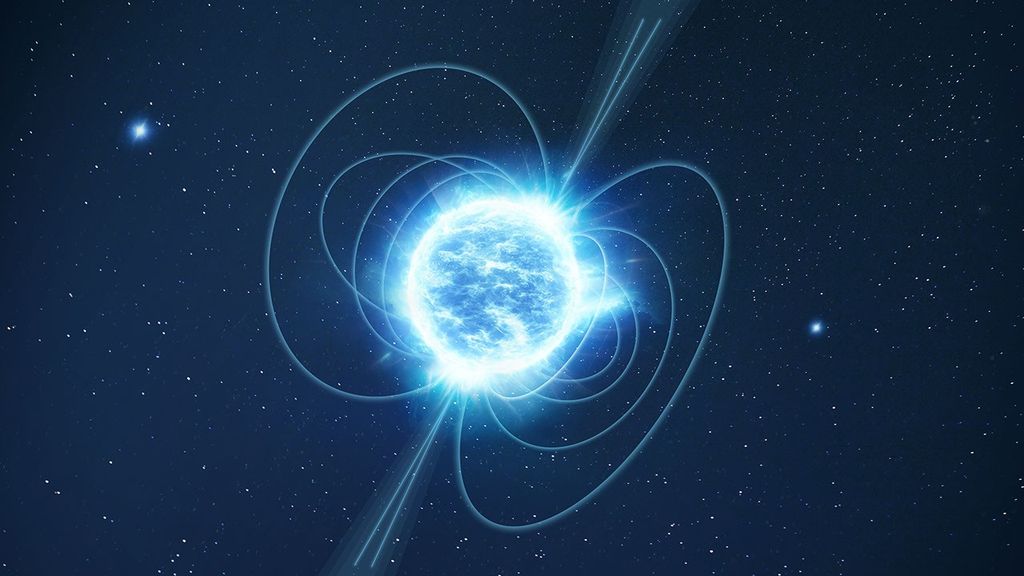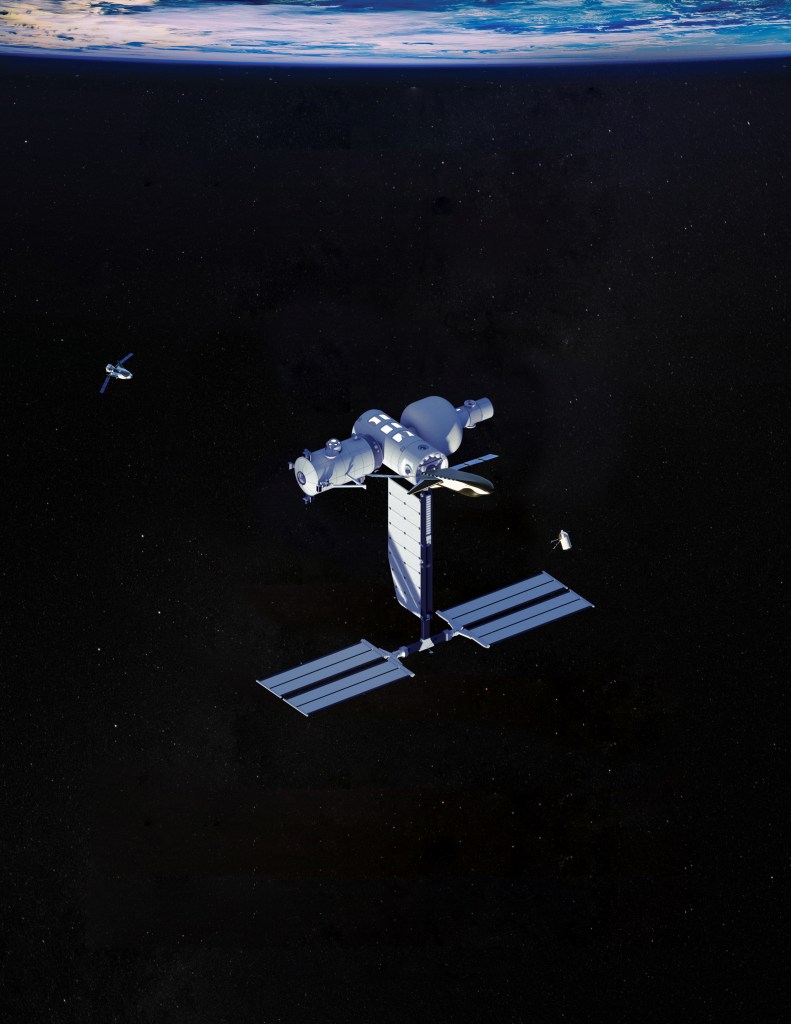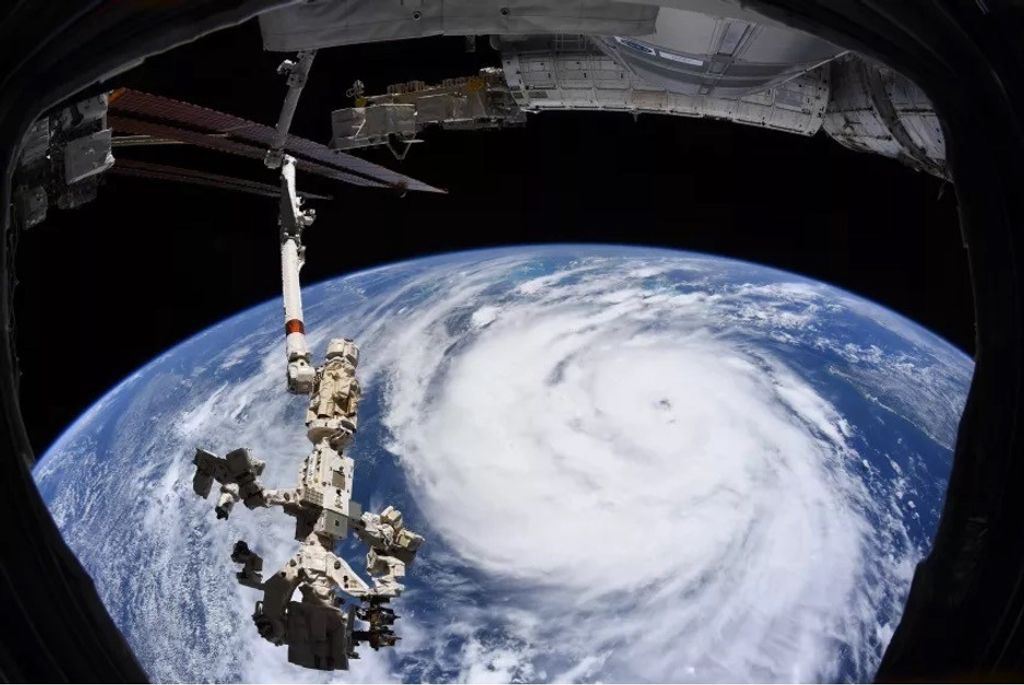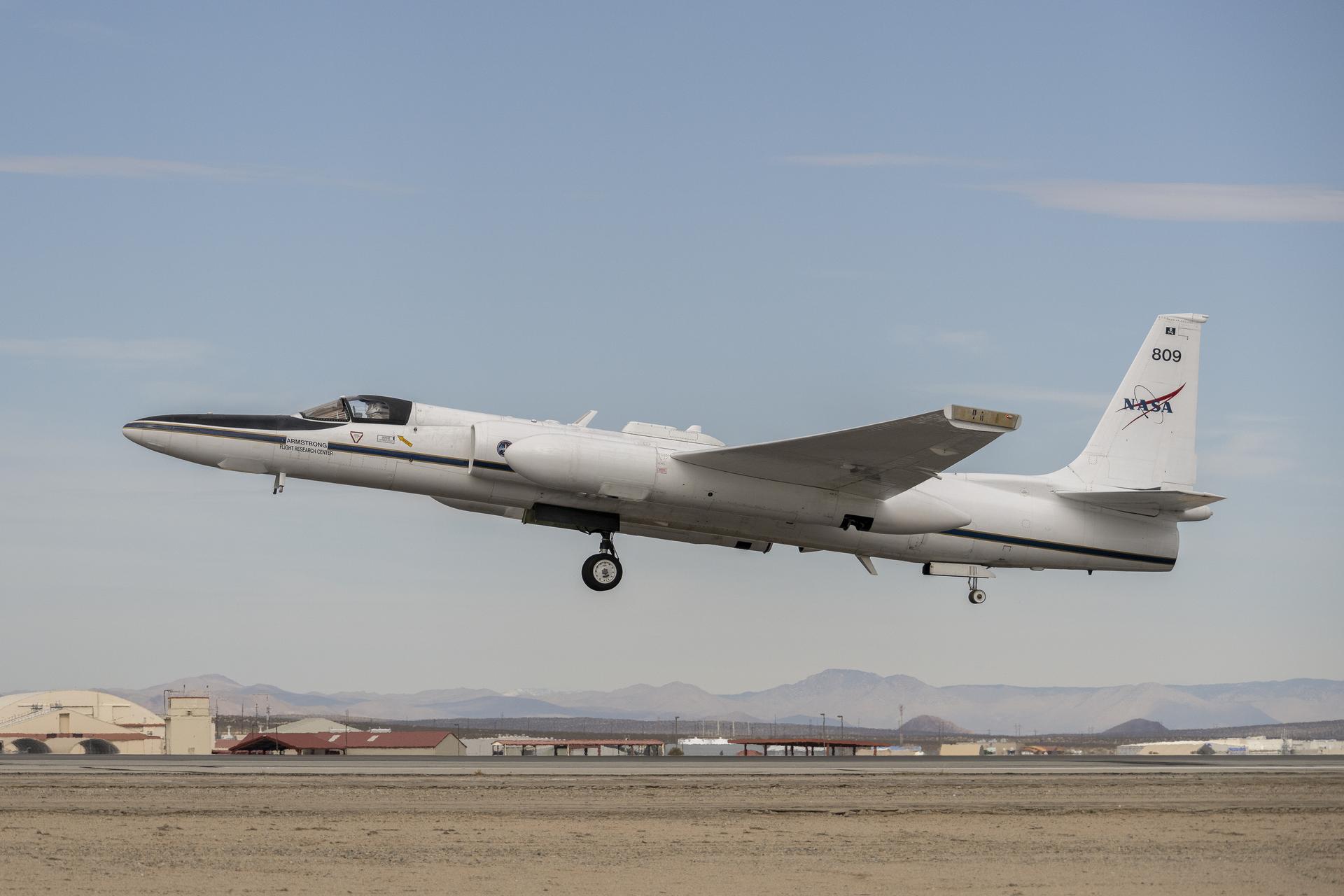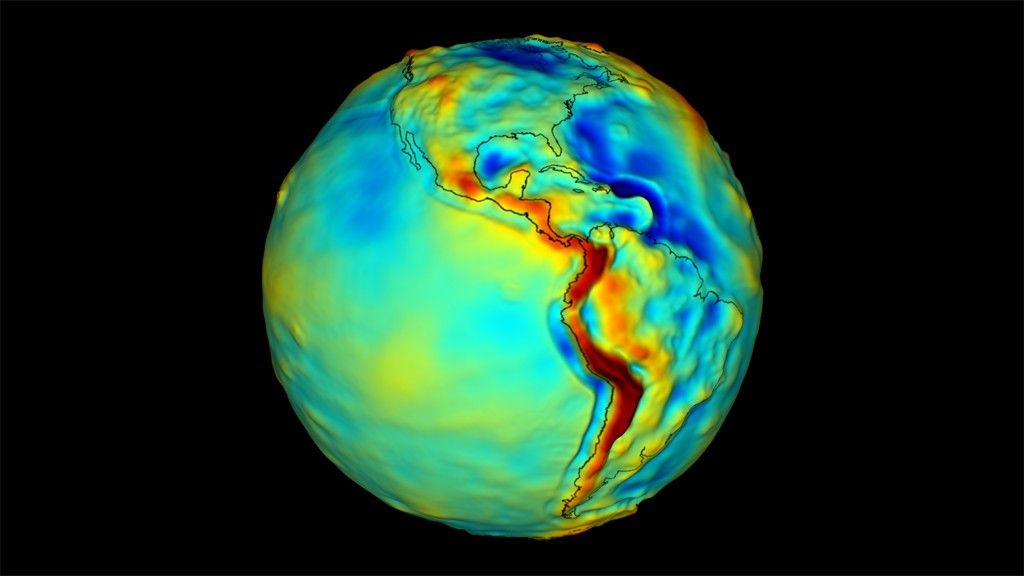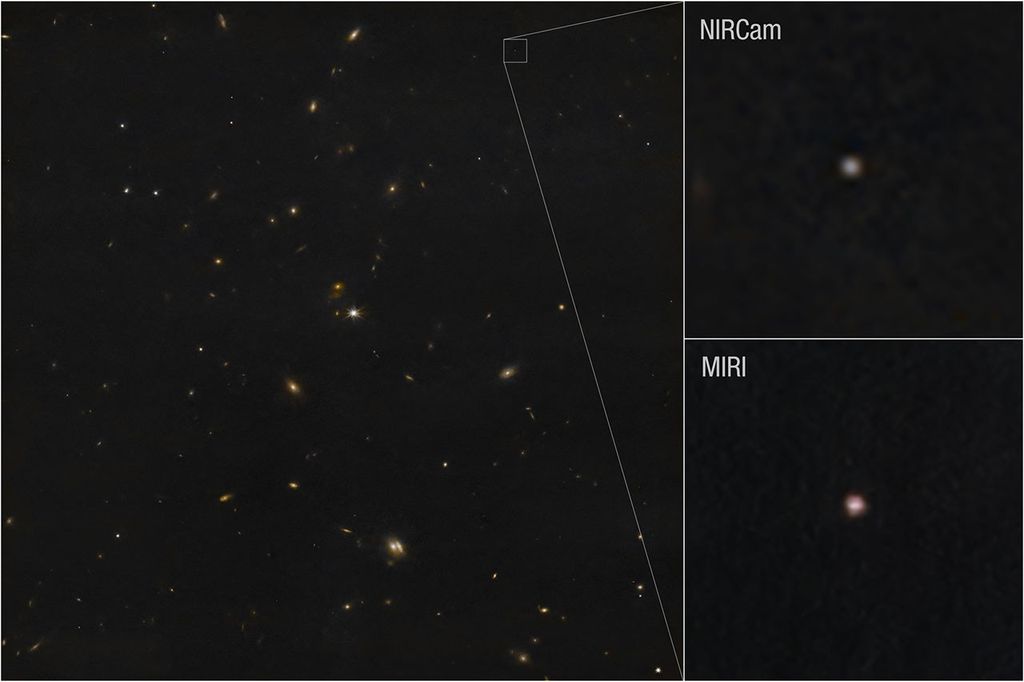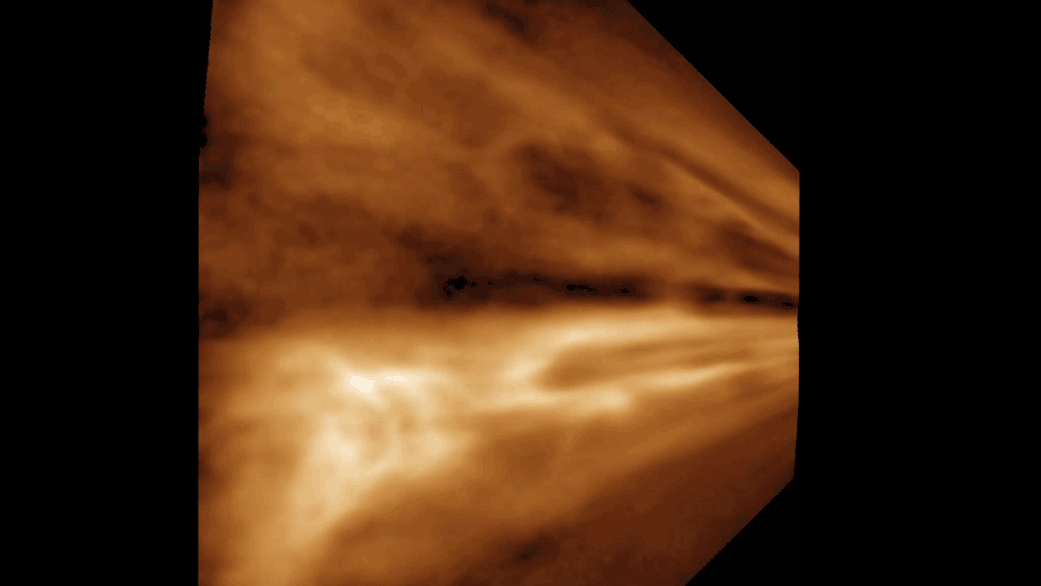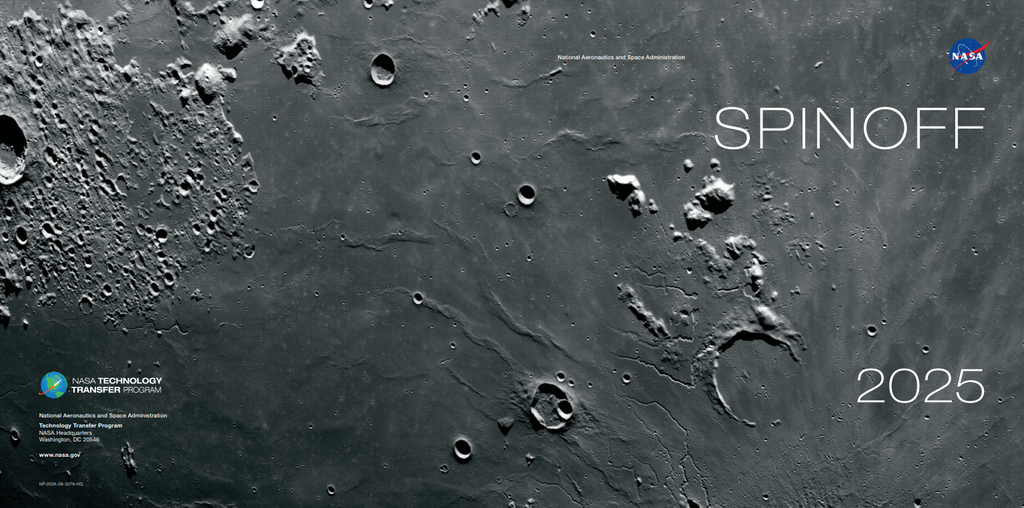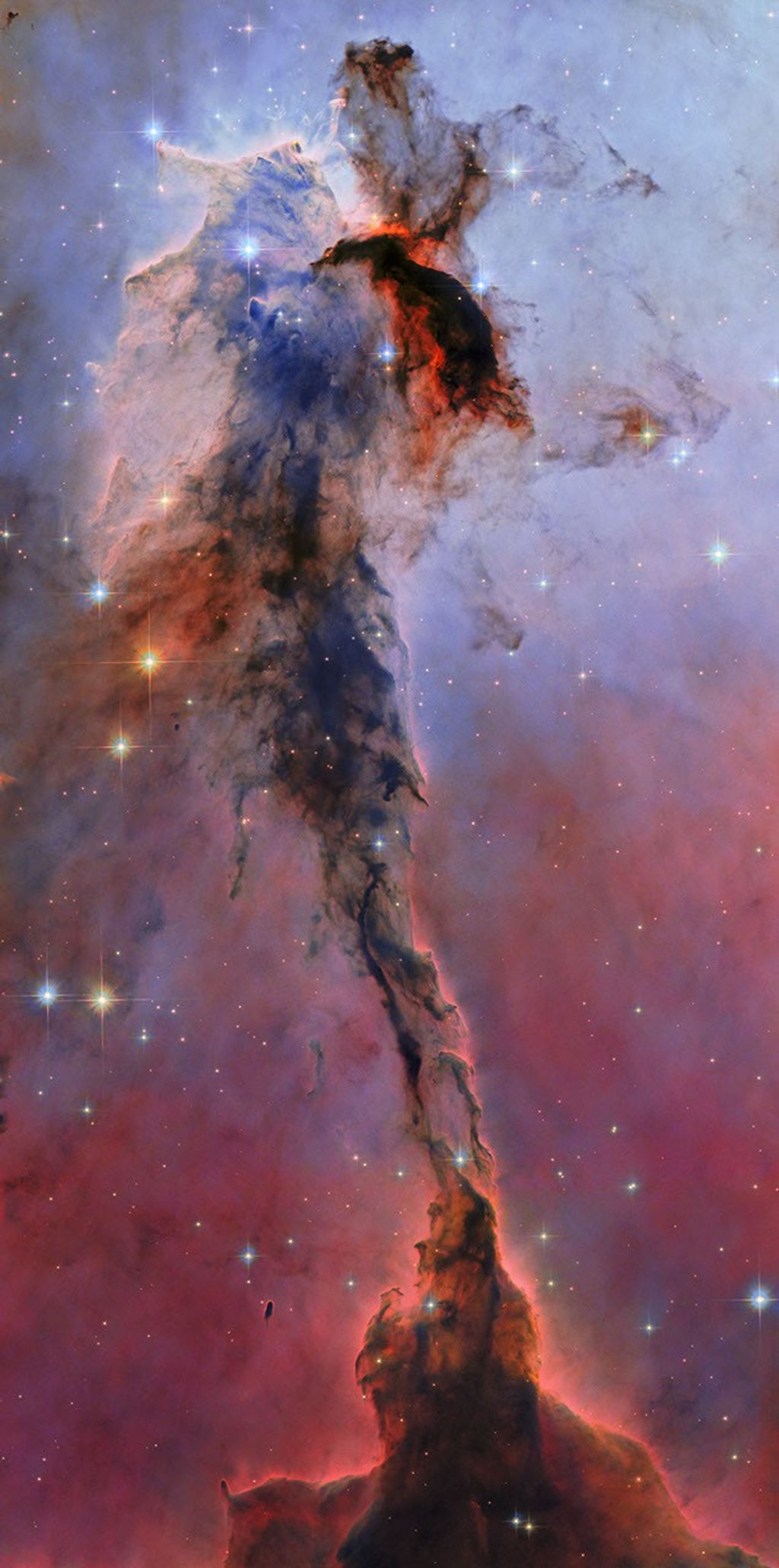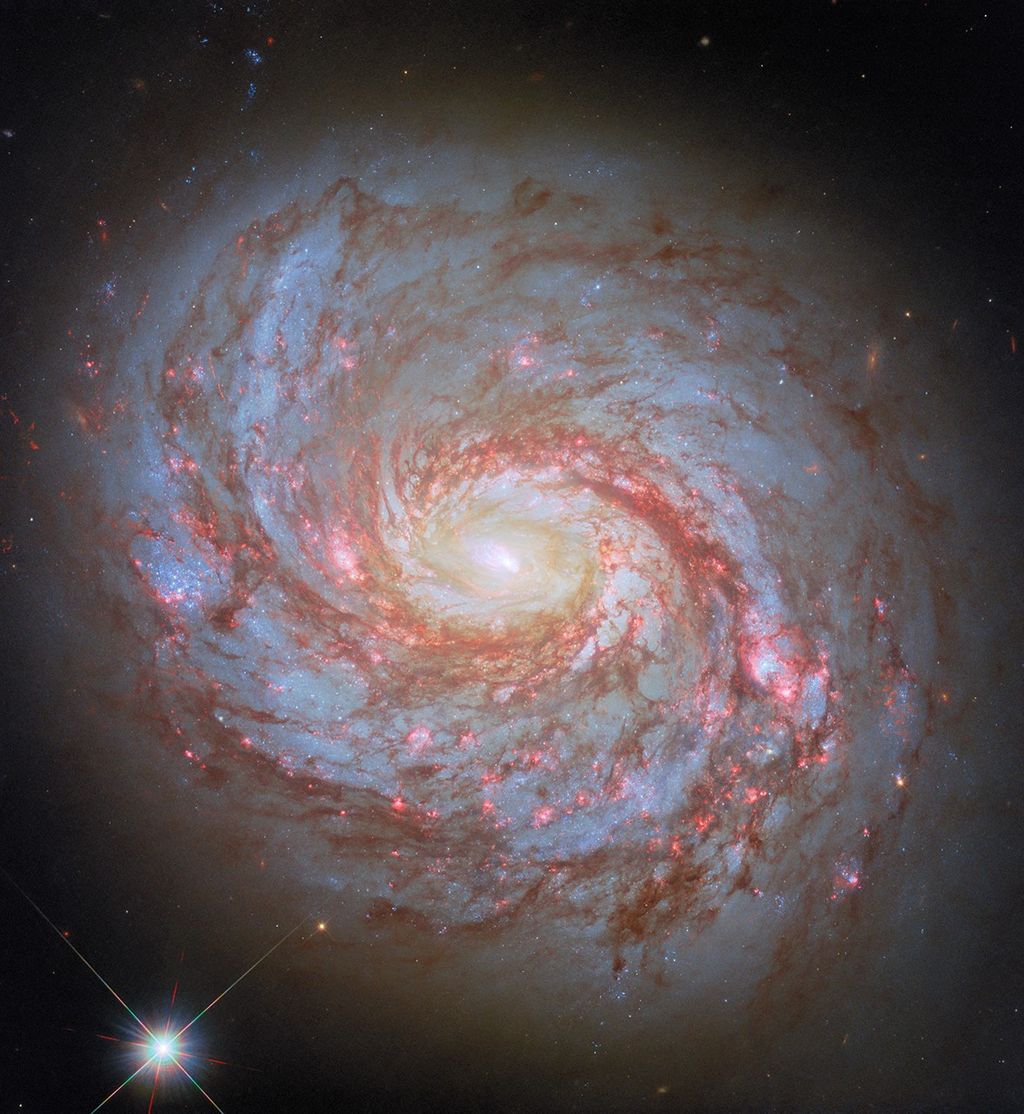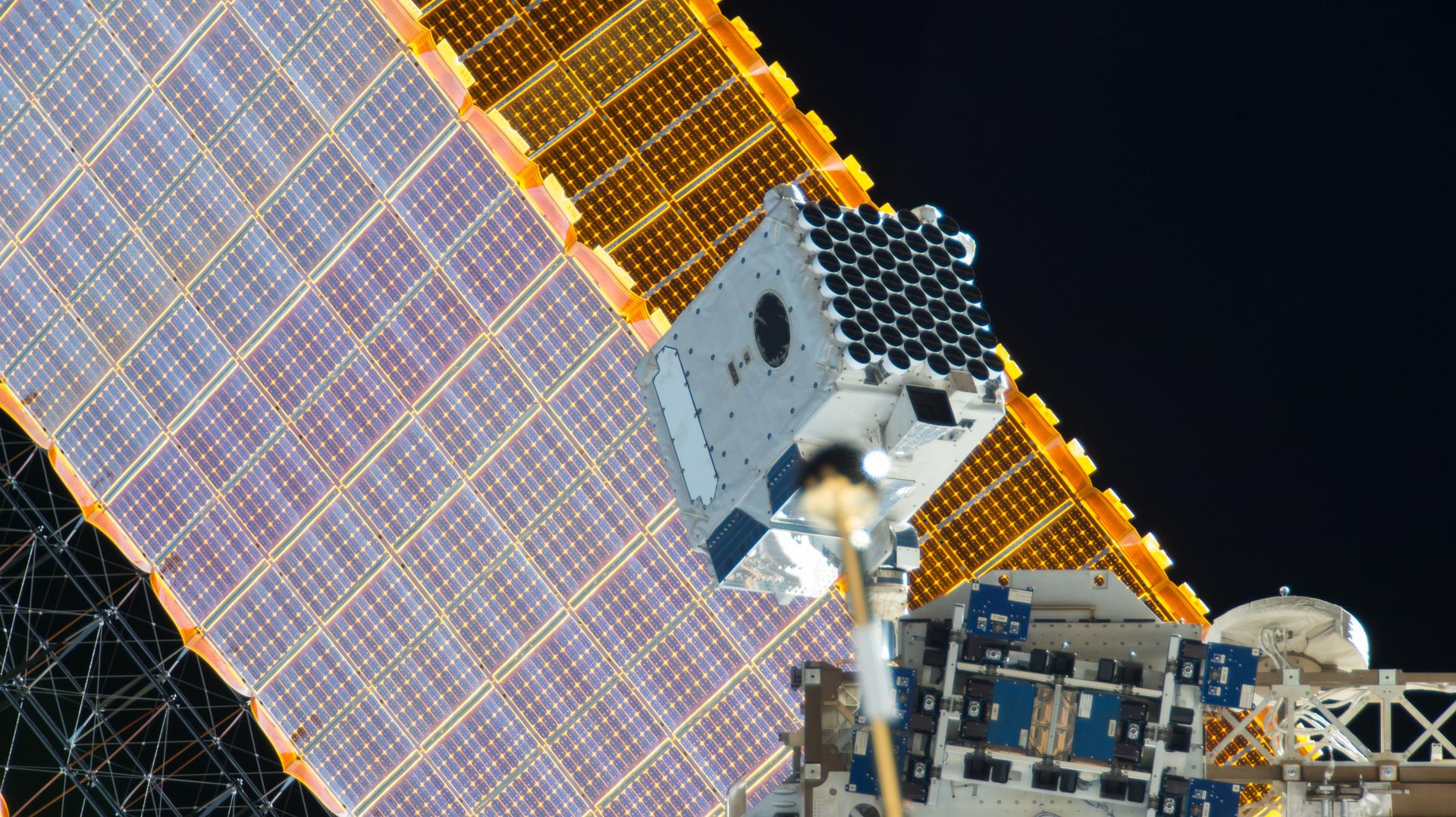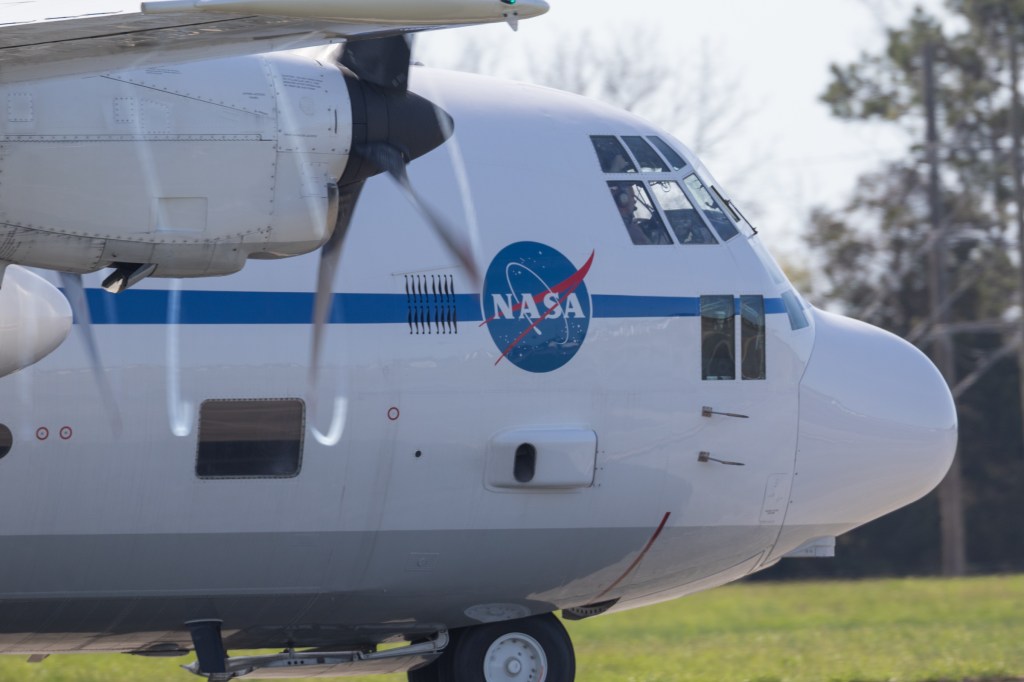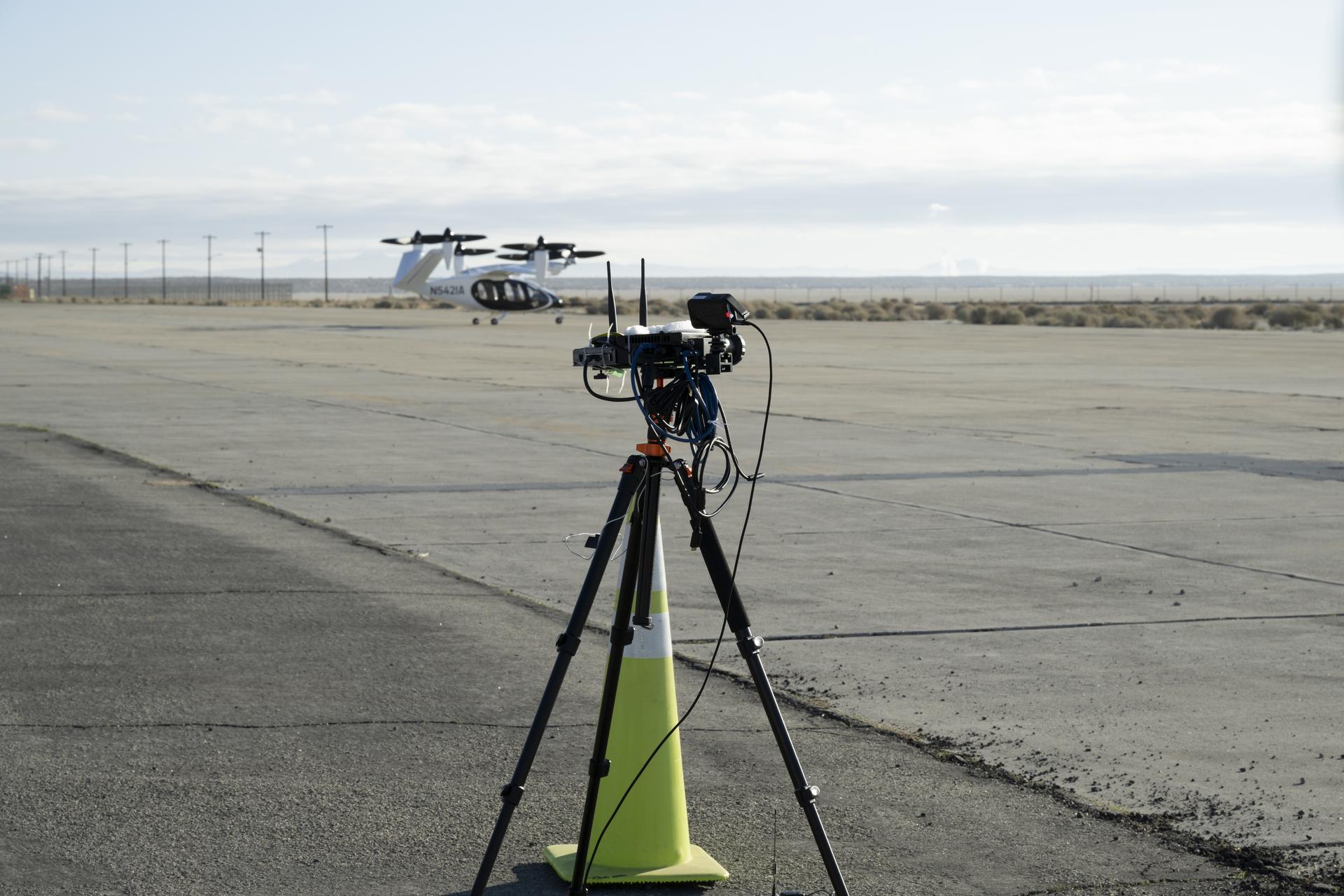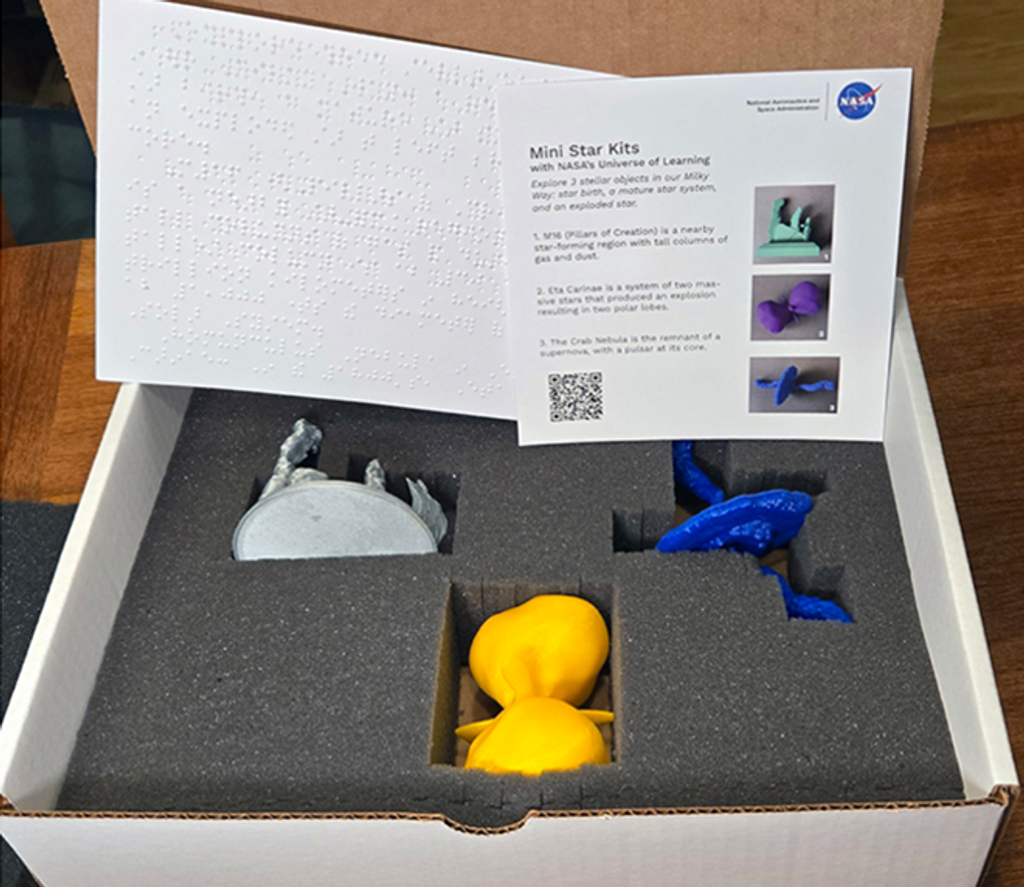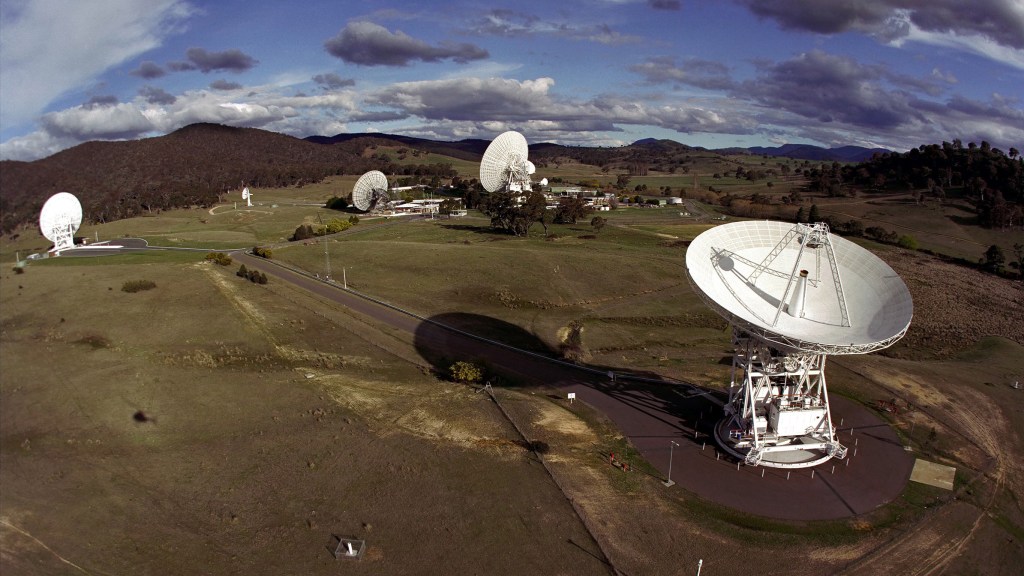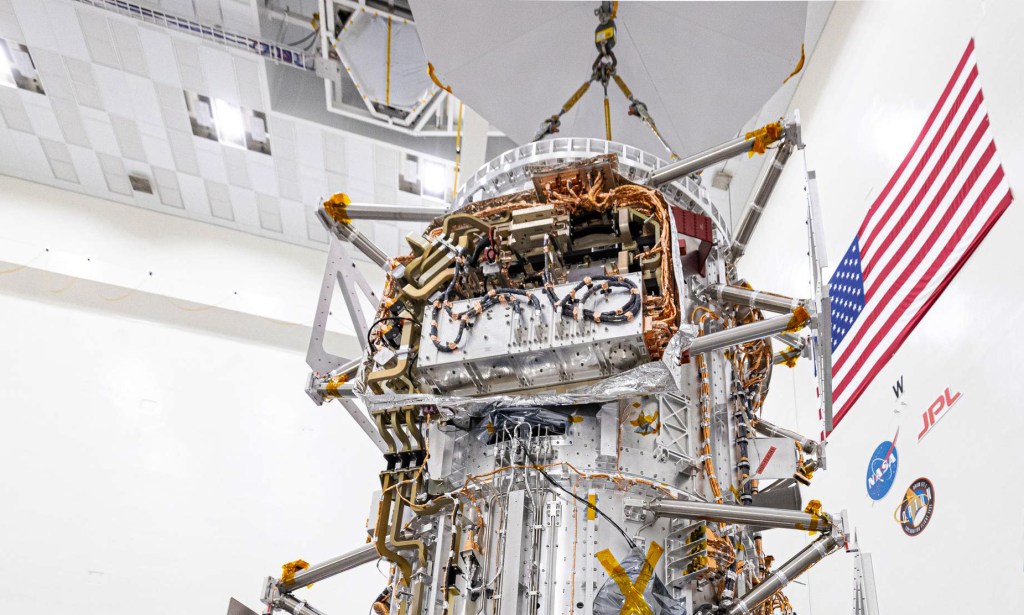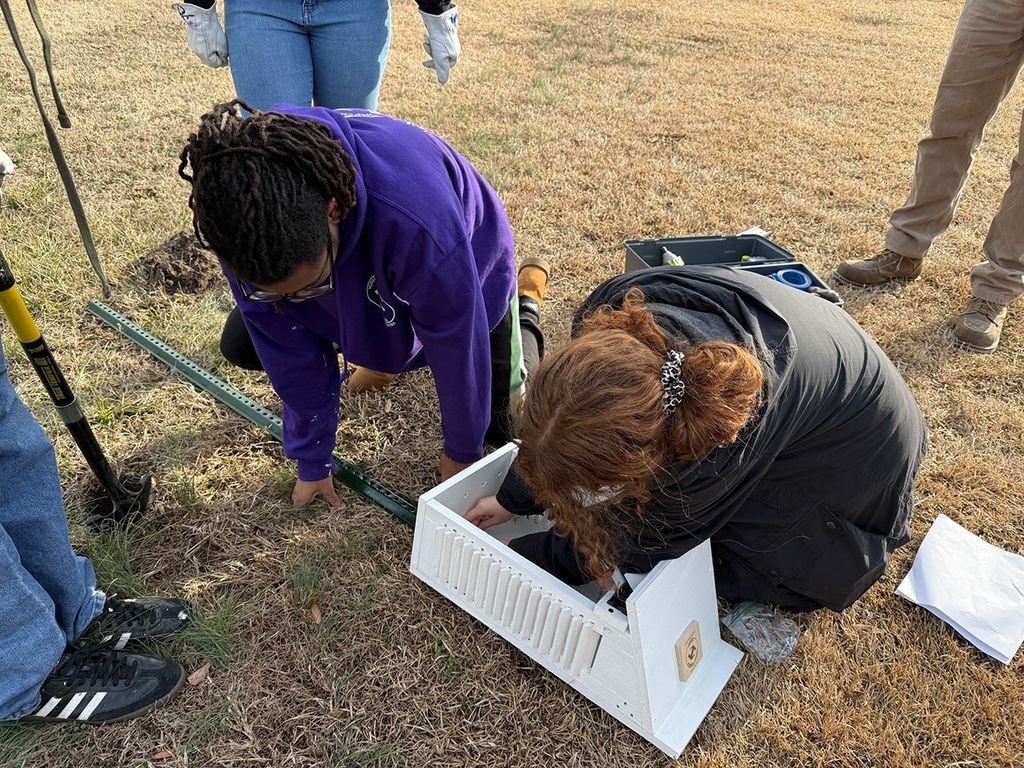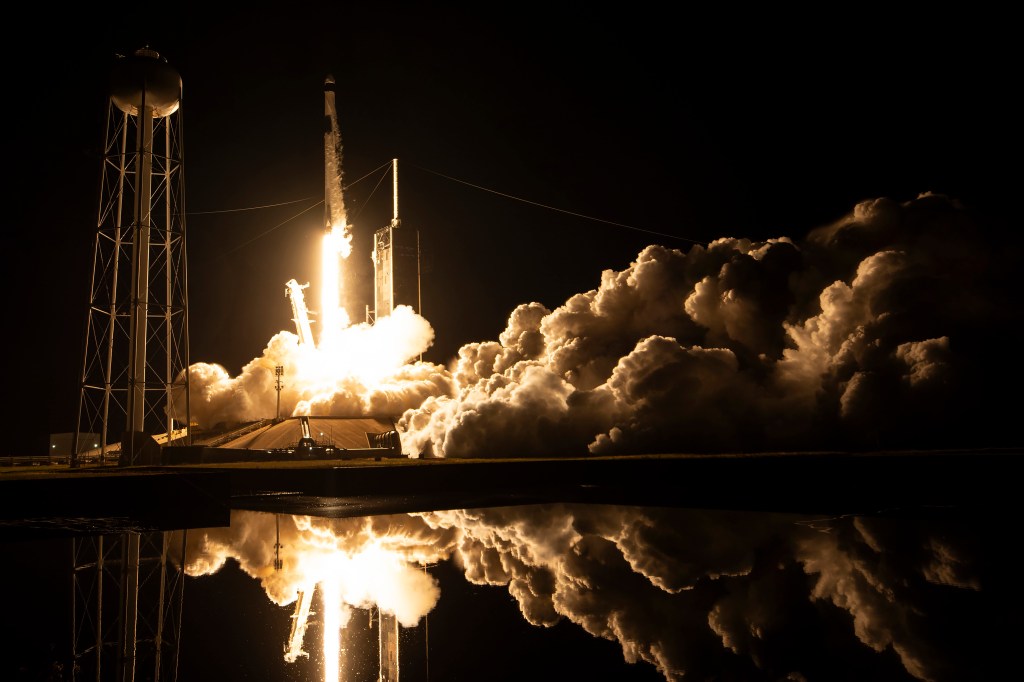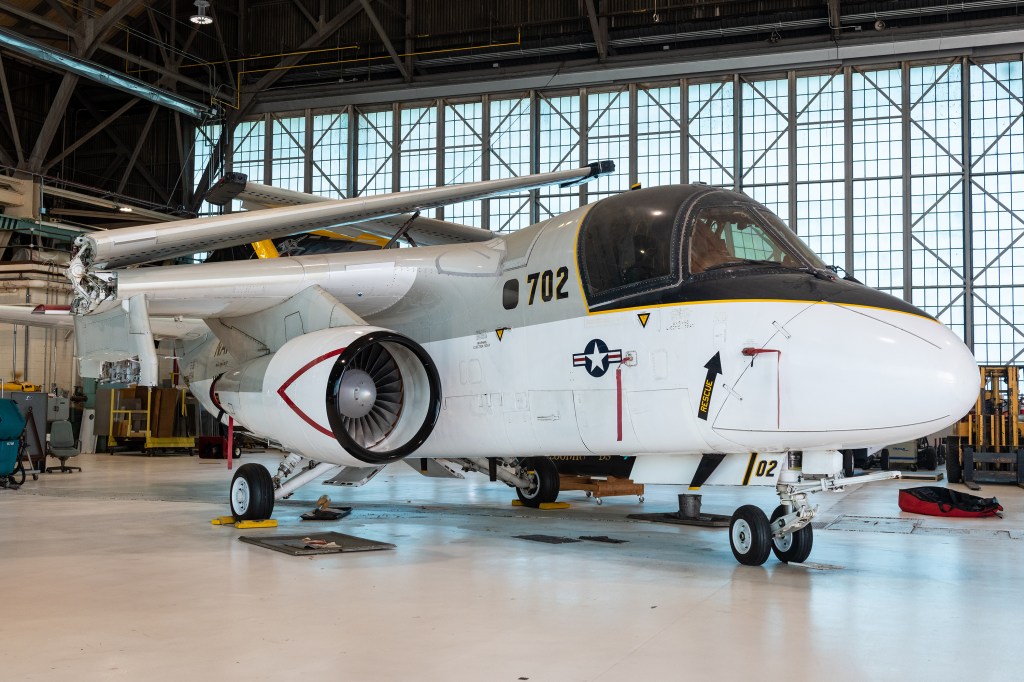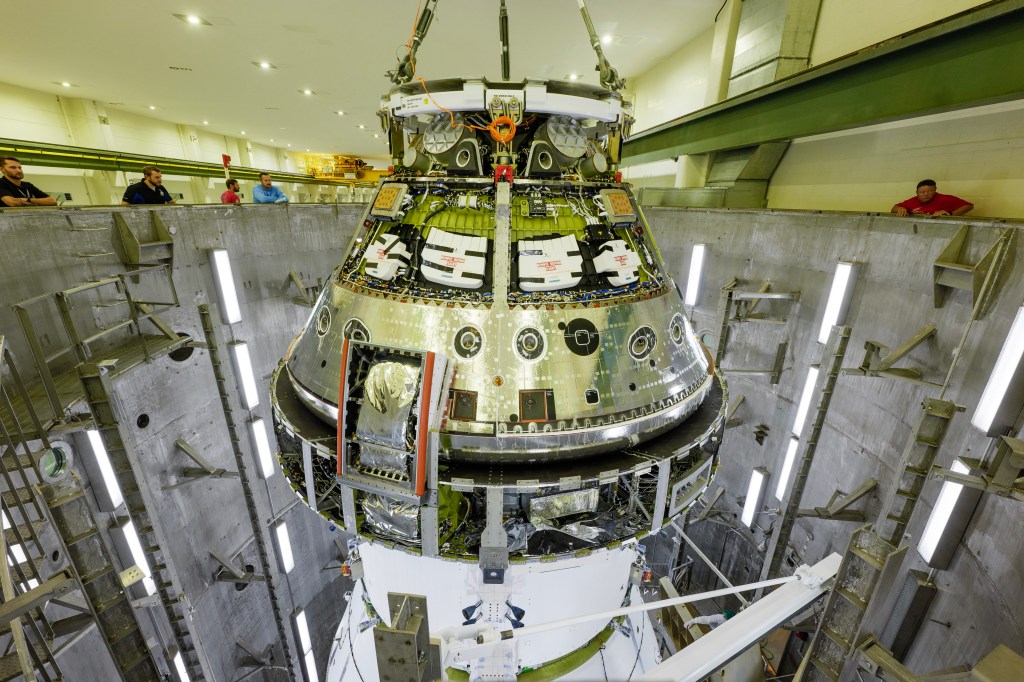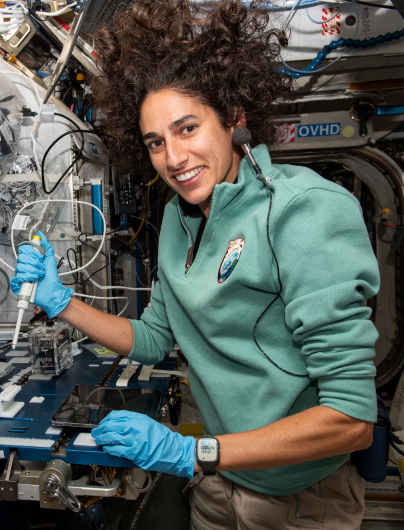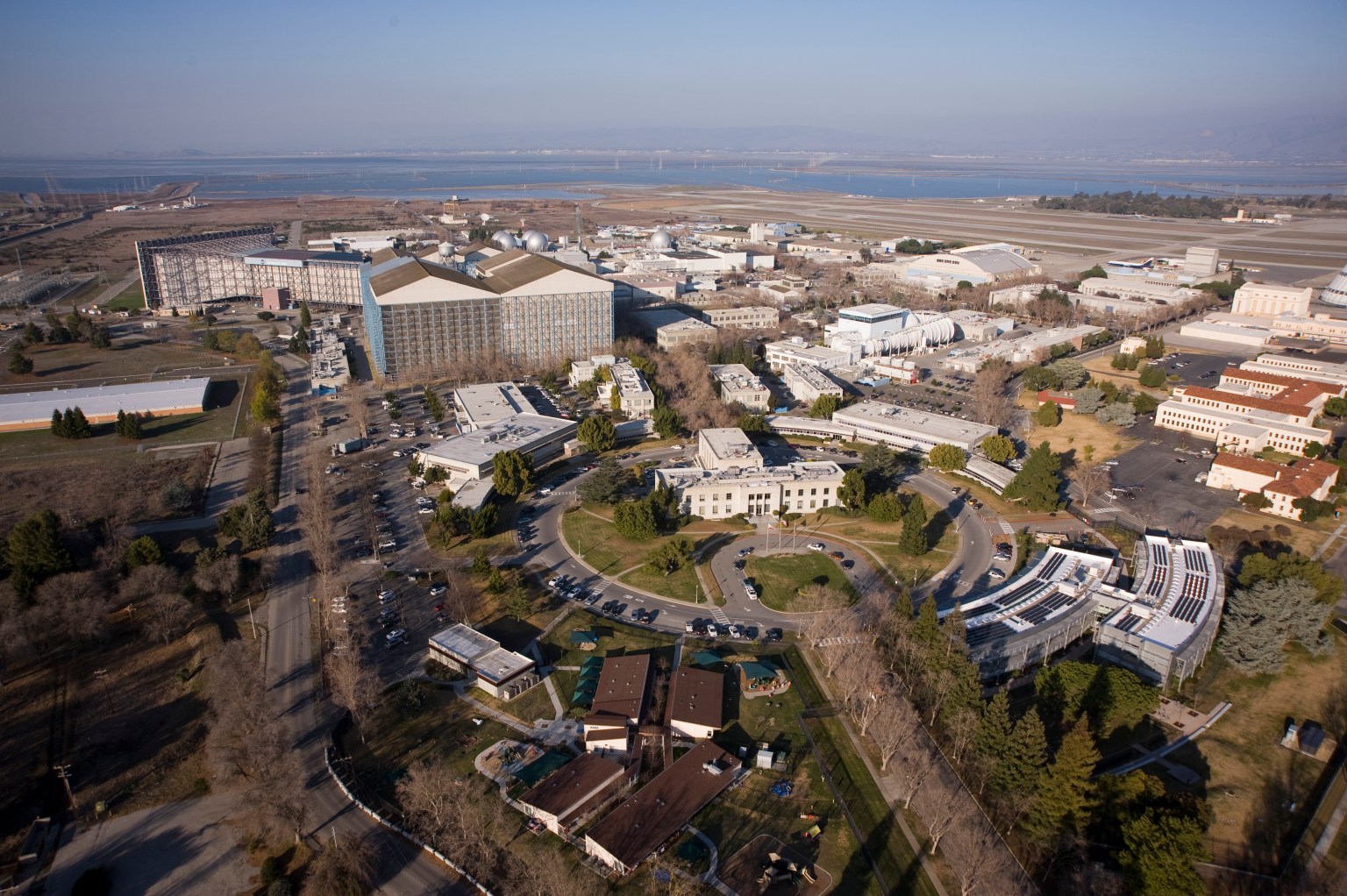WetLab-2 is a new system for conducting quantitative, real-time gene expression analysis aboard the International Space Station. Gene expression analysis measures the activity of genes—functional units of genetic information—and reveals valuable information about the internal states of living cells. WetLab-2 launched to the space station aboard NASA’s eighth cargo resupply flight of the Space Exploration Technologies (SpaceX) Dragon spacecraft on April 8, 2016.
The goals for this first flight are to validate system performance and for station crew to demonstrate research operations in space. WetLab-2 will be available for principal investigators following successful completion of the validation study.
Gene expression data reveal the molecular and cellular mechanisms that underlie spaceflight-induced conditions such as bone and muscle loss, impaired immunity and increased microbial virulence. Knowledge of these mechanisms can be applied towards developing countermeasures for protecting human health during long-term space missions and also for treating diseases on Earth.
Station crew will use the WetLab-2 system to rapidly and safely prepare biological specimens for gene expression analysis, to conduct that analysis and to return data to investigators on Earth within hours. The near real-time capability of the WetLab-2
system to deliver data to researchers on Earth is a significant advance. Currently, researchers must wait for biological samples to be returned to Earth before performing gene expression analysis, and the delay to return samples to Earth can be months in duration.
Credits: NASA Johnson
Mission Updates from Project Manager Julie Schonfeld:
May 12, 2016
WetLab-2 conducted our final in orbit validation study operations over two sessions (April 29 and May 2) during which we successfully tested the new capability to isolate RNA molecules from cells or tissues in microgravity.
In labs on the ground, RNA isolation can take four to six hours to complete, and the process uses toxic chemicals that are highly undesirable on the space station. The WetLab-2 team developed a method for isolating RNA that can be done in approximately 25 minutes and uses only non-toxic reagents. Our Sample Prep Module is the hardware that we developed to allow astronaut crew to perform this RNA isolation method in space.
On April 29, astronaut Jeff Williams isolated RNA from sample of a harmless strain of the bacterium Escherichia coli (E. coli). Williams used the Sample Prep Module to lyse—break open—the E. coli cells and then capture and purify the RNA released from the lysed cells. Williams put samples of the purified RNA into reaction tubes, and used the thermocycler instrument on the station to collect qPCR data that the team at Ames received by e-mail a few hours later. Success! The very good qPCR data we received demonstrates that scientists will be able to use this analytical capability for future spaceflight research projects.
The RNA-isolation capability that we developed to prepare samples for qPCR analysis also holds promise for other up-and-coming technologies that are being developed for the ISS laboratory, such as nucleic acid sequencing. RNA isolation is the first of several steps needed to be able to sequence genomes, and the WetLab-2 team plans to further investigate how to adapt our sample preparation technology to enable different types of biomolecular analysis in space.
The final system validation test that we performed on May 2 also demonstrated RNA isolation using the Sample Prep Module, but this time the starting sample was a solid tissue (mouse liver), rather than cells. Again, the resulting qPCR data that our team received on Earth a few hours later was very good!
I’m happy to report that the WetLab-2 system is now ready to provide researchers with access to in-flight, near real-time qPCR analysis, and is enabling the space station to function more like laboratories on Earth.
April 29, 2016
Today astronaut Jeff Williams tested our Sample Prep Module for the first time in space to extract and purify RNA from cells before performing the qPCR analysis. In short – it worked!
We received data from the space station that clearly shows that we isolated RNA in microgravity, achieved reverse transcription—conversion of RNA to DNA—and got amplification of that DNA. Since our samples for this test contained RNA extracted from cells, and because PCR amplification works on DNA, not RNA, the process of reverse transcription was a required additional step needed to detect gene expression. The team at Ames completed the ground control run and the results are consistent with the flight data.
We’ve met our full success criteria for the entire mission with today’s successful test. The team is very excited about this accomplishment and extends many thanks to Jeff Williams who is doing an amazing job conducting the first molecular biology analysis in orbit!
April 26, 2016
Today we ran the third replicate of the qPCR test, and an anomaly with the pipette loader resulted in poor data. The team’s assessment, based on the previous successful sessions and ground testing, is that the risk that this anomaly will occur again is low. Therefore, the validation study will proceed with the next phase of testing in which RNA will be isolated from cells before qPCR analysis is performed.
April 25, 2016
Our WetLab-2 system—a quantitative polymerase chain reaction (qPCR) system for gene expression analysis—launched to the International Space Station on April 8. Last week, NASA astronaut Jeff Williams completed the first two tests of the system to demonstrate that amplifying or “copying” DNA using our system works in microgravity. Results from the first two sessions shown that the system works as expected. This is great news!
For the first two runs, Williams prepared samples of freeze-dried DNA for qPCR analysis, amplified the DNA and collected data that were e-mailed to Earth. The WetLab-2 project team at NASA’s Ames Research Center in California’s Silicon Valley received the first qPCR data from space just hours after Williams began preparing the samples. Williams will repeat this test for a third time to validate that that DNA amplification can be performed reliably in space.
Next we will move on to more complicated objectives of extracting RNA for analysis from cell and tissue samples, converting the RNA to DNA by a process known as reverse transcription and then performing the qPCR analysis. These tests are designed to closely match the ways that researchers will use the system in the future. Instead of waiting weeks or even months for experimental data, the WetLab-2 system will provide near-real-time data to scientists within hours, allowing them to control and modify their experiments in flight.
We’ve successfully taken the first steps towards the goal of accelerating life science research in space by establishing the capability to perform biomolecular analysis on the Space Station as a tool for biological researchers.
Learn more:
WetLab-2 fact sheet (1.1 MB PDF)
NASA Commentator Dan Huot talks to Macarena Parra, Ph.D., project scientist for the WetLab-2 validation study on the International Space Station. Credits: NASA Johnson
WetLab-2 is being developed at NASA’s Ames Research Center in California’s Silicon Valley under the leadership of the Ames Research Center International Space Station Utilization Office, benefiting from the expertise within the Space Biosciences Division and the Engineering Directorate. Ames is managing and implementing the WetLab-2 validation study. This project is supported by the International Space Station Program at NASA’s Johnson Space Center, Houston.
Project manager: Rudolph Aquilina, NASA, Engineering Project Management, NASA’s Ames Research Center
Project scientist: Eduardo Almeida, Ph.D., NASA, Space Biosciences Division, NASA’s Ames Research Center
Project scientist: Macarena Parra, Ph.D., Fully Integrated Lifecycle Mission Support Services, Space Biosciences Division, NASA’s Ames Research Center
